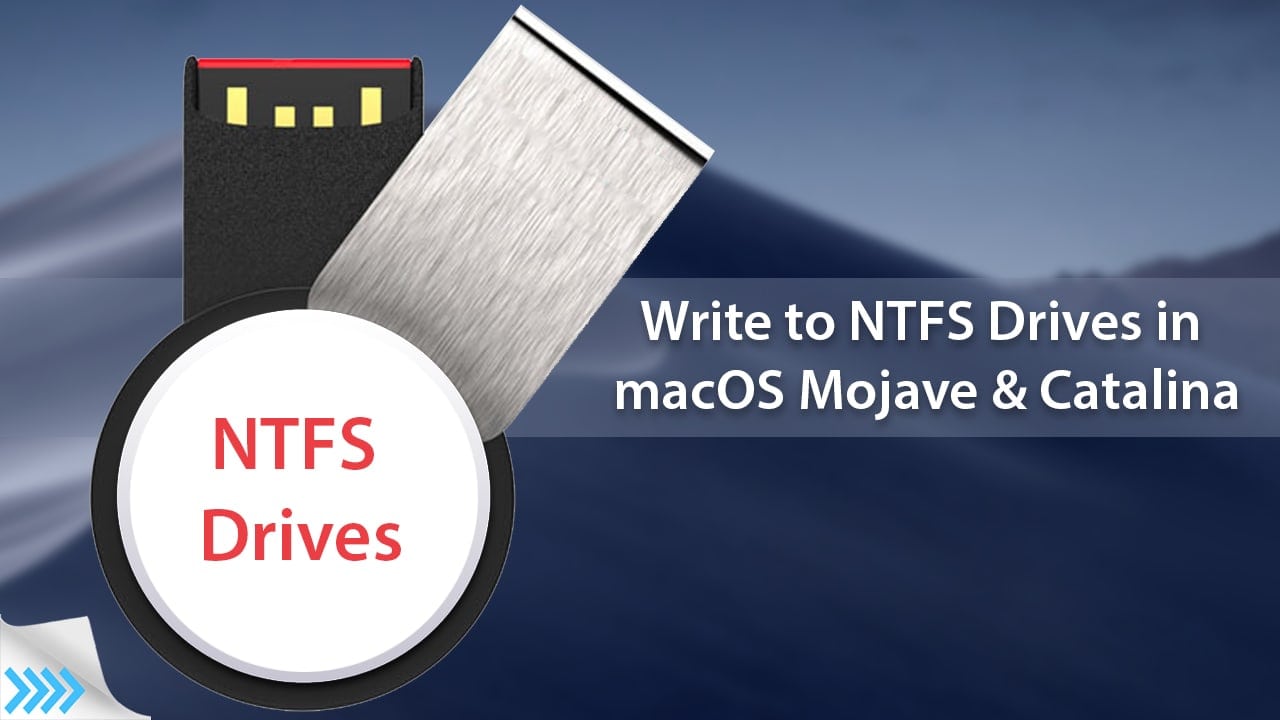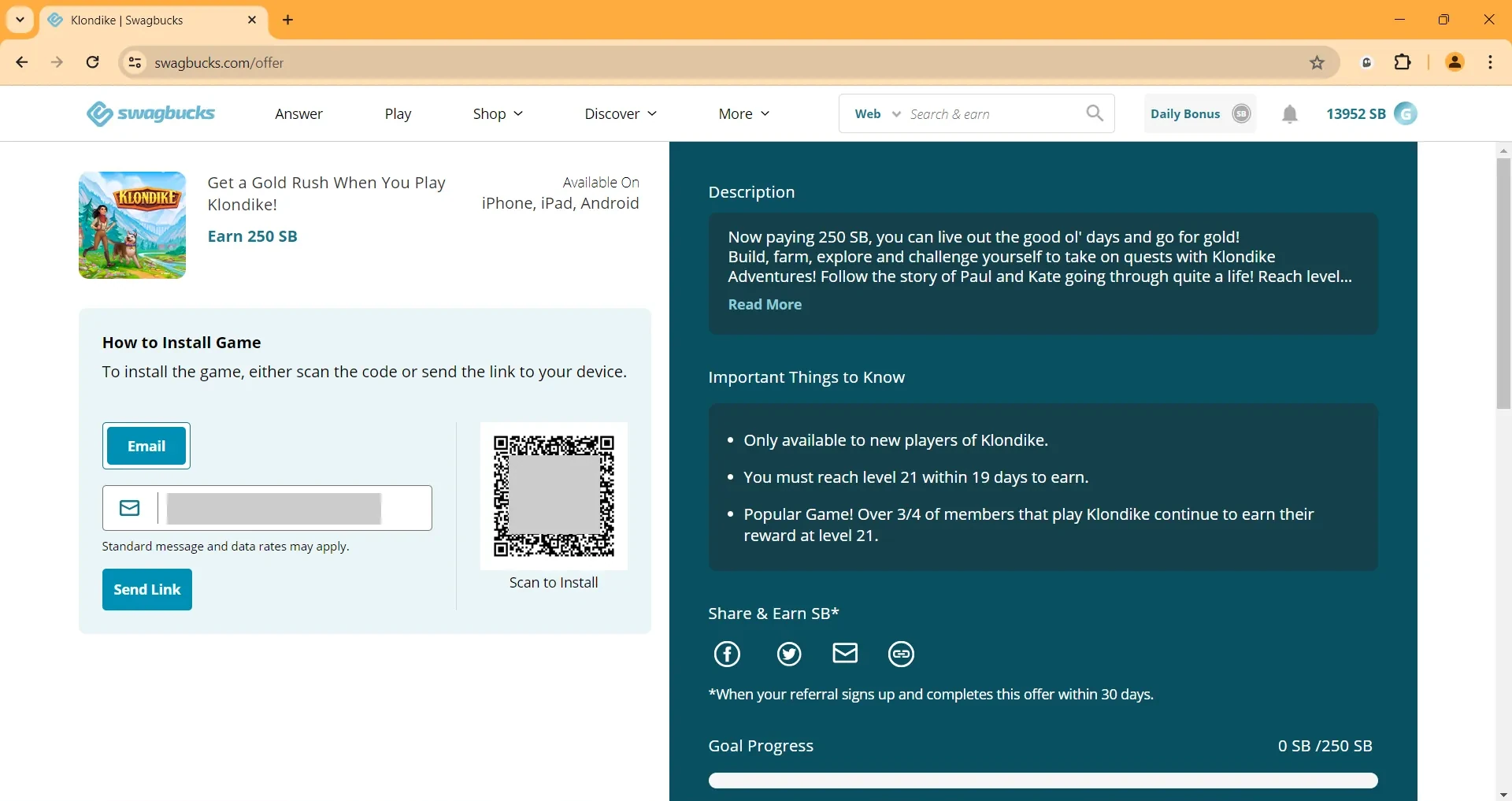In this year's Apple Worldwide Developers Conference (WWDC), electronic consumers had the chance to see the sixteenth release of Macintosh (Mac) computer line by Apple, the macOS 10.15 Catalina. The newly released MacBook brings you the macOS that powered its successor macOS Majevo, but with revved up features and applications. The Catalina will be released starting this fall. For instance, you now have dedicated apps to access music, TV shows, and podcasts; unlike with previous MacBooks that had all these functions under its iTunes media hub.
However, with all the upgrades, potential macOS Catalina buyers may have this concern: Can Mac read and write NTFS format? NTFS is the default Window disk format, and Apple's macOS devices can read NTFS, allowing you to transfer content from the drives to another destination. However, macOS cannot write NTFS-formatted disks, which makes it challenging to link or work through both operating systems. You can only write to NTFS drives in macOS Catalina by acquiring a disk format such as ExFAT or other tools that can make the action possible.
If you'd like to have in-depth insights on how to use your macOS Catalina to read and write NTFS format disks, then you've come to the ideal place. This tutorial will help you with that query.
1. Third Party NTFS Drivers
There are many third party applications (not developed by Apple or NTFS makers Microsoft) that allow Mac users to read and write to NTFS drives but the one that supports the Mojave is the Paragon NTFS for Mac.

The Paragon NTFS for macOS Mojave has an intuitive design that makes it very easy to use. It is just like Apple’s Disk Utility, and if you have used this before, the Paragon interface will look very familiar. If not, all it takes is a few minutes, and you will be able to do all the activities you want with the aid of the simple interface.
There is an automount feature which mounts all supported files automatically during startup. This means you do not have to manually mount your NTFS drive every time you want to use it. Once mounted, you will be able to manipulate files as you wish. Whether it is an NTFS formatted hard drive, solid state drive or flash drive, you will get full read and write to NTFS drives access. You will be able to open, edit, copy, move, delete and create files as you wish.

NTFS Drives Menu in Mojave
Getting access to an NTFS drive on macOS Mojave is not enough. Getting that access at fast speeds is the ideal thing that should happen. Paragon gives just that! With it, you not only enable Mac writing to NTFS but do so at blazing speeds. The speed is faster than the write speed natively supported by macOS Mojave on NTFS drives.
Volume management is one of the important features of the Paragon NTFS. This app checks the drives in the Mac and repairs any issues it may pick up during this checkup. Formatting drives are also easy with this app.
Even if you are running the macOS Mojave on a computer natively run by another operating system, you can still use the Paragon to get NTFS drive full access. This is made possible by this application’s extensive support for other software including virtualization programs.
The new Paragon NTFS 15 is now only being sold at $19.95 with a 10 day free trial.
2. Enable Mac Writing to NTFS Using Terminal
It is true that macOS run computers cannot write to NTFS files by default, but this function can be switched on in the terminal. This is the hardest method, and at the end of the process success is not always guaranteed. How can use Terminal to activate NTFS write on macOS Mojave? Follow the steps below:
Step 1: On your Windows device, label the disk with a one-word name of your preference. On the right side of the Taskbar, click on the "Safely Remove Hardware" feature and right-click to select "Eject".

NTFS Drive
Step 2: Power the computer run by macOS Mojave or Catalina and press “Command” and “space” keys at the same time. Type “Terminal” and then press “Enter” on the keyboard. This opens the Terminal. Alternatively, navigate to “Applications” then “Utilities” then “Terminal” then type “Open Terminal”.

Open Terminal in macOS 10.14 Mojave
Step 3: In the now open Terminal, type in the command below:
Sudo nano /etc/fstab

Step 4: Press “Enter” then type in the following command: (the NAME should be replaced with the name of your drive)
LABEL=NAME none ntfs rw,auto,nobrowse

Step 5: Press “CTRL+O”. This saves the file. Press “Enter”. To close the Terminal, press “CTRL+X”.

Step 6: Unplug the NTFS and reconnect it.
Step 7: Now, to access it, click on “Go” then “Go to folder”. In the box that appears type “/volumes”. Click on the “Go” button.

This opens the NTFS drive and you can manipulate it as you wish.

Read and Write NTFS Drives on macOS Mojave
To undo this changes simple delete the lines added to the nano editor.
3. Change Drive Format to exFAT
The macOS 10.14 Mojave does support exFAT file format and since Windows does too, converting an NTFS drive to exFAT may solve the problem of accessing the files it contains on both platforms. This method is very simple and can be done on any macOS run device. When done the drive can be read and written to on Mac and Windows without any problems.

Format to exFAT with Disk Utility
To use this method of write to NTFS drives on macOS follow the following steps:
Step 1: Find Disk Utility with Spotlight and open it.
Step 2: Choose the drive you would like to work on and select the “Erase” tab in Disk Utility. (A drive must be empty when the format is changed)
Step 3: In the drop down box, select “EXFAT” and click “erase”. Follow the prompts given, and the process will be over in a few minutes.
The main disadvantage of using this method is that you will lose all the data in the drive, so it is advisable to backup all contents before trying this method.
Bottom line
There are many reasons why you may want to gain access to an NTFS drive. Whether it is because you need to share files with a friend who uses Windows or you have a new Mac and need to transfer your old files in your Windows PC, having full access is necessary. It is not enough to have read access. To write to NTFS drives in macOS Mojave, there are several options. Each has its advantages and disadvantages. For instance, using Terminal is free, but it is a technical process that may not always work. On the other hand, converting the drive format to exFAT is simple, but you will lose all the data, and in case you forget to backup first, it will be gone forever. Also, the number of supported characters and files is not the same as in NTFS.
Featured Posts:
macOS Mojave Slow? Fixes Here









Hi, thanks for sharing, I followed the instruction under 2. and later also tried mounty to access/write a NTFS formated external hard drive on Mac with Mojave. I haven’t done any changes to the files/folders. But now some folders, that contained several subfolders and quite some data are “empty”. I haven’t deleted them, nor do these folders and their content show up when starting a data recovery programme. How can that happen? I assume the files are still there just not accessible.
How does formatting NTFS to exFAT mean writing to NTFS drives? I think it’s a lot easier to use ntfs-3g
You can install a Ubuntu or Windows in your macOS to Write on your NTFS drives.
Having mounted the drive for NTFS read write, how can the drive be ejected for safe disconnection without corrupting the data?
Hi. Right click on your Drive then select “eject”, or you can open Disk Utility then unmount it!
I just discovered another way. I use VMWare Fusion and have some WIndows10 VMs. If I mount the drive to that VM, I can copy from my Mac into the VM onto the drive. 🙂
Good jobs. Thank!
Another way is to use Mounty, it’s works with sierra and mojave
somehow my seagate backup plus doesn’t work after i upgrade macos to majove. it worked in the past with high sierra.
I was writing fast – sorry. Just to clarify, I can read the Lacie disk on the Mojave Mac but I can’t write to it. It is read only. I’d like to find out how to get it to do both read and write. thanks again!!
Hi John,
I was very happy to find you article – thank you. I’ve upgraded my 4 year old MacBook Pro to Mojave but also just bought a WIndows 10 Dell XPS as the Mac is pretty slow. I also bought a Lacie Porsche 4TB external drive so that I can easily go from one to the other. I spent hours on the phone with the Lacie today. The tech recommended Paragon NTSF for MAC. After formatting the drive on the Dell first (NTSF) we downloaded the Paragon s/w but even though I can read the drive it is read only. We reinstalled the s/e again with out any better result. The tech doesn’t know what to do except format the drive now in partitions. I’m hoping though that you can help me get it to read using the Paragon s/w. I’ve been all through their site and have not found a solution. Guessing it is with disk permissions and I’ve been googling that with now luck. Anything you can tell me would be wonderful! thank you thank you!! Theresa
Do you use Paragon for Mojave Version? Can you read and write this Drive in Windows?
u saved my day! thanx!
Thank You!